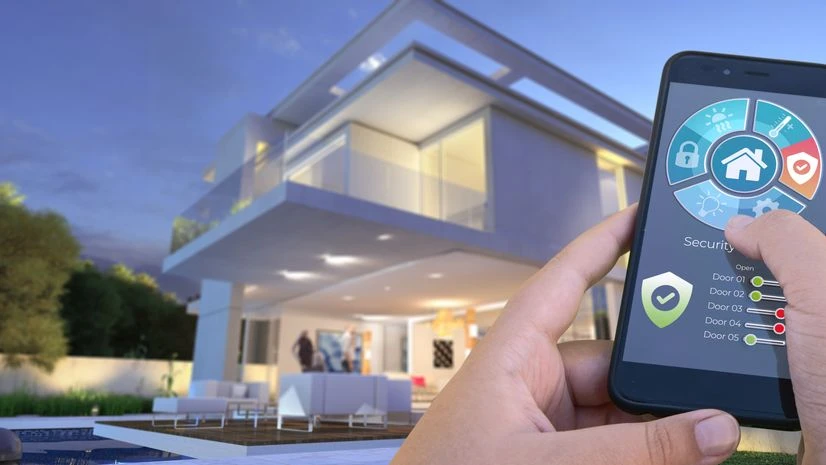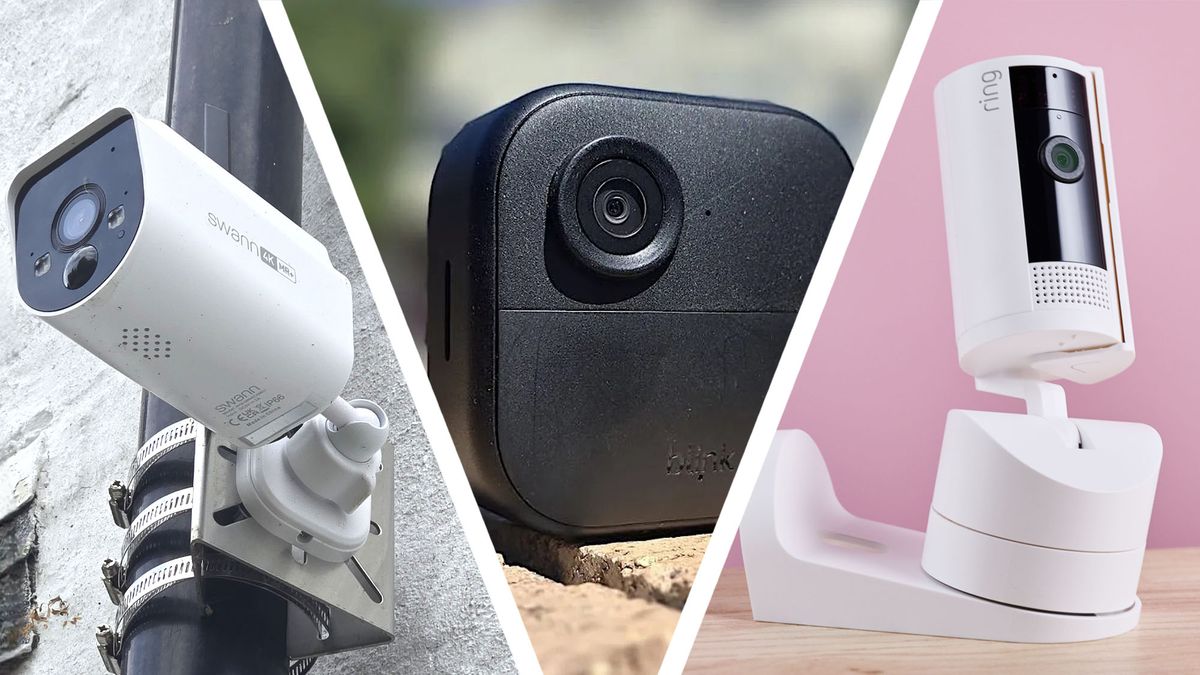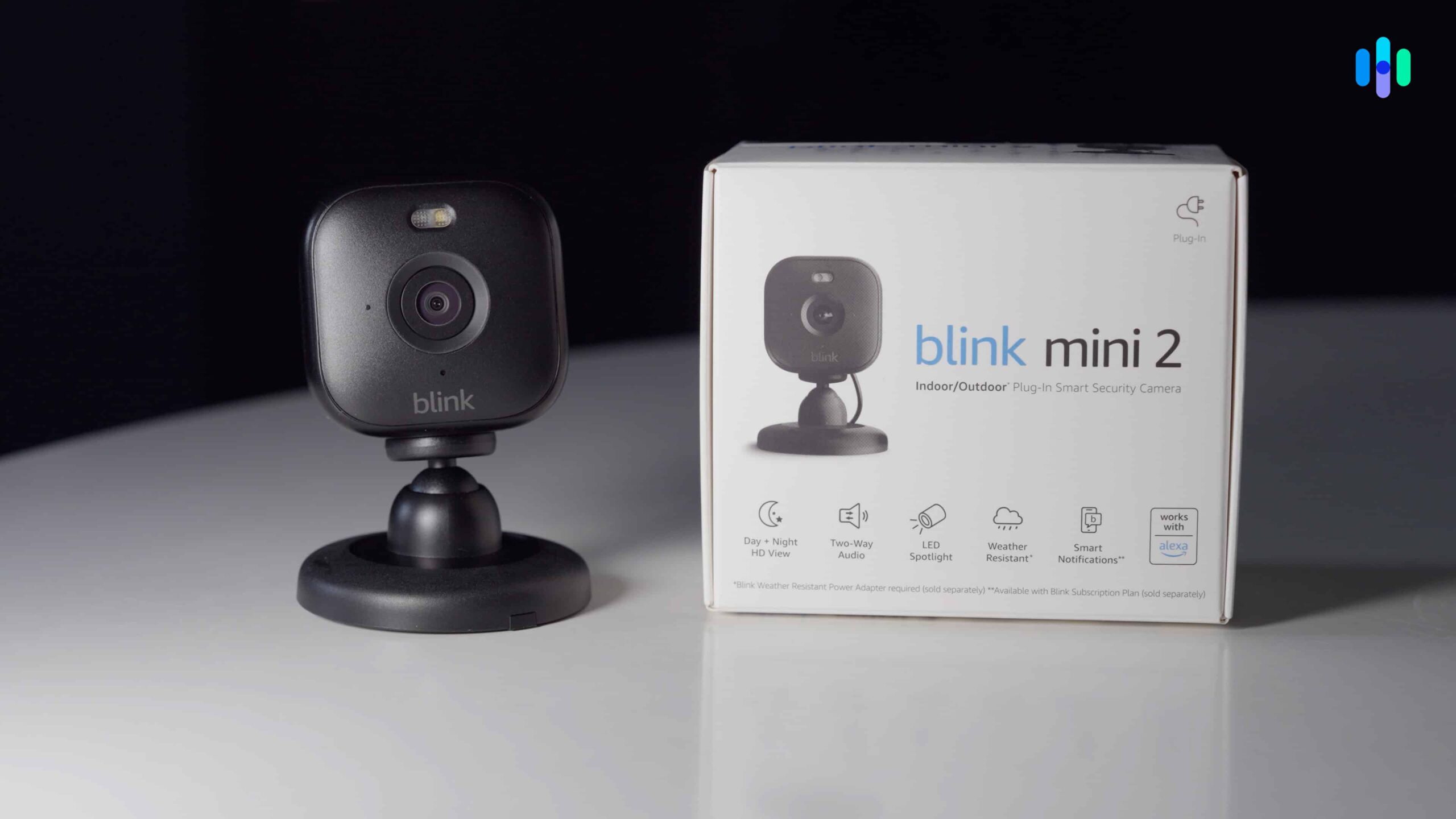Imagine having a security system that not only protects your home or business but also works for you automatically—without you lifting a finger. Automation with security systems is changing the way you keep your property safe.
It’s not just about alarms and cameras anymore; it’s about smart technology that adapts to your lifestyle and gives you peace of mind 24/7. If you want to discover how this powerful combination can simplify your life and boost your security, keep reading.
Your safety and convenience are about to reach a whole new level.

Credit: www.roombanker.com
Benefits Of Automation In Security
Automation in security systems helps protect homes and businesses better. It uses technology to watch for threats without needing constant human control.
Automated security can work all day and night. It improves safety by using smart tools to spot dangers quickly.
Enhanced Threat Detection
Automation uses sensors and cameras to find threats faster than humans can. It can spot unusual activity and alert the system immediately.
These systems can analyze data from many sources at once. This helps catch problems that might be missed by people.
Reduced Human Error
People can make mistakes when watching security feeds for a long time. Automated systems stay alert all the time without getting tired.
Automation follows strict rules without forgetting steps. This lowers the chance of missing important alerts or false alarms.
Faster Response Times
Automated security can send alerts and start actions right away. It can lock doors or call help faster than waiting for a person.
- Detect threat
- Send alert
- Activate safety measures
- Notify authorities

Credit: guardianprotection.com
Key Technologies In Automated Security
Automated security systems use smart technology to keep places safe. These systems reduce the need for human monitoring.
They rely on several key technologies to detect, analyze, and respond to threats quickly and accurately.
Ai And Machine Learning
AI helps security systems understand what is normal and what is a threat. It learns from data to improve its decisions over time.
Machine learning can spot unusual activities, like unknown faces or strange movements. It reduces false alarms and speeds up responses.
- Facial recognition for identifying people
- Behavior analysis to detect unusual actions
- Real-time threat detection and alerts
Iot Sensors And Devices
Internet of Things (IoT) devices connect sensors to the internet for remote monitoring. These devices collect data from the environment.
Common sensors include motion detectors, cameras, and door sensors. They send real-time information to security systems for quick action.
- Motion sensors detect movement in restricted areas
- Door and window sensors alert if opened unexpectedly
- Smart cameras provide live video feeds
Cloud-based Security Platforms
Cloud platforms store security data online for easy access and management. They allow users to control systems from anywhere.
These platforms offer updates and data backups automatically. They help integrate many devices into a single system.
- Remote access to security controls and video
- Automatic software updates to improve security
- Data storage for easy review and analysis
Applications Across Industries
Automation with security systems is used in many industries. It helps monitor and protect places without constant human effort.
These systems use sensors, cameras, and software to act quickly. They improve safety and reduce risks.
Residential Security Solutions
Homes use automated security to keep families safe. Systems include alarms, cameras, and smart locks.
Automation allows quick alerts to homeowners and police if there is a threat. It also controls lights and locks remotely.
- Motion detectors trigger alarms and cameras
- Smart locks allow keyless entry and exit
- Video doorbells show visitors on smartphones
- Remote control of lights simulates occupancy
Commercial And Industrial Uses
Businesses use automated security to protect property and workers. Systems monitor large areas and control access.
Automation helps reduce theft and ensures safety rules are followed. It can also detect fire or gas leaks early.
- Access control limits entry to authorized staff
- Surveillance cameras cover parking lots and buildings
- Alarm systems alert for break-ins or hazards
- Environmental sensors monitor fire, smoke, or gas
Public Safety And Surveillance
Cities use automated security to keep public spaces safe. Cameras and sensors help police and emergency workers.
Automation supports quick response to accidents or crimes. It also helps monitor traffic and crowd behavior.
- Traffic cameras detect violations and congestion
- Public cameras monitor parks and streets
- Automated alerts notify police of emergencies
- Facial recognition aids in finding suspects
Integration With Existing Systems
Automation with security systems means linking new tools to what you already have. This helps make your security smarter and easier to manage.
Good integration saves time and lowers costs by using current equipment and software. It also helps keep your system reliable.
Compatibility Challenges
Not all security devices work well together. Some use different languages or protocols that can cause issues.
Old systems may lack support for new automation features. This can make integration complex and slow.
- Different communication standards
- Outdated hardware limits features
- Software versions may not match
- Security risks from weak integration
Scalable Automation Options
Automation should grow with your needs. Choose systems that allow adding more devices or functions over time.
Scalable options avoid full replacements. You can upgrade parts step by step without big costs.
- Start small and expand easily
- Modular designs fit many setups
- Cloud-based controls add flexibility
- Supports future technology updates
User-friendly Interfaces
Simple interfaces help users manage security automation. Clear controls reduce mistakes and save time.
Good design means easy setup and quick access to key features. It works well for all skill levels.
- Intuitive dashboards for control
- Mobile apps for remote access
- Visual alerts and notifications
- Easy customization of settings
Privacy And Ethical Considerations
Automation in security systems helps protect homes and businesses. It also raises questions about privacy and ethics. People want safety but also want their personal information kept safe.
It is important to use security technology fairly. This means respecting people’s rights while keeping places secure.
Data Protection Measures
Security systems collect many types of data. This can include video, audio, and personal details. Protecting this data is very important to stop misuse and theft.
Strong encryption and secure storage help keep data safe. Only authorized people should access sensitive information.
- Use encryption for data transmission and storage
- Regularly update software to fix security gaps
- Limit access to data based on roles
- Store data only as long as needed
Balancing Surveillance And Privacy
Security systems watch over areas to stop threats. Too much surveillance can invade privacy. It is important to find a balance between safety and respect for privacy.
Clear rules should guide how cameras and sensors are used. People should know when and where surveillance happens.
- Place cameras only in public or shared spaces
- Notify people about surveillance clearly
- Avoid recording private conversations or areas
- Review footage only for security reasons
Regulatory Compliance
Many countries have laws about privacy and data protection. Security systems must follow these rules to protect people’s rights. Compliance helps avoid legal problems.
Common regulations include limits on data use and rules for reporting breaches. Businesses need to stay updated on new laws.
- Follow local and international data protection laws
- Keep records of data processing activities
- Train staff on privacy and security rules
- Report data breaches quickly to authorities

Credit: medium.com
Future Trends In Security Automation
Security systems are becoming smarter and more automated. This helps protect homes, businesses, and public spaces.
New technology makes security faster and more reliable. Automation will play a bigger role in the future.
Advancements In Ai Capabilities
Artificial intelligence can now recognize faces and detect unusual behavior. This helps spot threats early.
AI can learn from past data to improve its decisions. It reduces false alarms and increases accuracy.
- Facial recognition for faster identification
- Behavior analysis to find suspicious actions
- Automatic decision-making to alert security
Increased Use Of Robotics
Robots are joining security teams to patrol areas. They can work day and night without breaks.
These robots can carry cameras and sensors to check for dangers. They send real-time data to security staff.
- Mobile robots for large area patrols
- Drone surveillance for hard-to-reach spots
- Robots equipped with sensors for quick detection
Predictive Security Analytics
Predictive analytics uses data to forecast security risks. It helps prevent incidents before they happen.
By analyzing patterns, systems can warn about possible threats. This allows faster response and better planning.
- Data analysis to find crime patterns
- Early warnings to stop threats
- Improved resource allocation for security teams
Frequently Asked Questions
What Is Automation In Security Systems?
Automation in security systems means using technology to control security devices. It allows real-time monitoring and automatic responses without human intervention. This increases efficiency, reduces errors, and enhances overall safety by quickly detecting and addressing threats.
How Does Automation Improve Home Security?
Automation improves home security by integrating alarms, cameras, and locks into one system. It enables remote access and instant alerts. Automated systems can detect unusual activity, lock doors, and notify homeowners or authorities immediately, offering enhanced protection and peace of mind.
Can Automated Security Systems Prevent False Alarms?
Yes, automated security systems reduce false alarms using advanced sensors and smart algorithms. They differentiate between actual threats and harmless activities like pets or weather changes. This ensures accurate alerts, saving time and avoiding unnecessary emergency responses.
Are Automated Security Systems Cost-effective?
Automated security systems can be cost-effective by reducing the need for constant human monitoring. They lower operational costs and prevent losses from theft or damage. Over time, the investment often pays off through improved security and decreased insurance premiums.
Conclusion
Automation with security systems offers great benefits. It enhances safety at home. Managing devices becomes easier and more efficient. You save time with automated processes. Monitoring becomes convenient and accessible anytime. Security alerts are more effective and timely. This technology adapts to your needs.
Homeowners gain peace of mind. Businesses ensure asset protection. Automation systems can fit various budgets. They are a smart investment. Upgrade your security today for a safer tomorrow. Embrace this blend of technology and safety. Your future will thank you.
16 min read






